Hellas Sat
Κωνσταντινουπόλεως , Κορωπί, 48
194 00 Kropia
Greece
Omega Technology
Leof. El. Venizelou 4
176 76 Kallithea
Greece
University of the Aegean
Vasiliou Voulgaroktonou 30
114 72 Athina
Greece
Ellinogermaniki Agogi
Municipality of Pallini
153 51 Pallini
Greece
Cloud Signals
Leof. Kifisias 44, 5 όροφος
151 25 Marousi
Greece
Consorzio Nazionale Interuniversitario per le Telecomunicazioni
Viale G.P. Usberti, 181/A Pal.3
43124 Parma PR
Italy
Grimaldi Group
Via Marchese Campodisola, 13
80133 Napoli NA
Italy


